Table of Contents
- How Does Web3 Game Make Money?
- Income
- Primary Market Income: NFT Sell
- Secondary Market Income: NFT Royalty Fee
- Service Fee Income
- In-Game Token Consumption
- Cost
- Blockchain Game Development Cost Breakdown
- Marketing and Operation Cost
- Out-of-Game Token Payout
- Build your application with Mirror World Smart Platform
Do not index
Do not index
content plan
keyword
keyword list
topic search volume
In the limited history we can observe about Web3 Games, we have witnessed a brief Web3 Game Summer. Even in a sense, these Web3 Games we are discussing cannot belong to the real form of Web3 Games, after all, there are not many Web3 Games on the market that can directly provide experience game content, and around these games, the discussion is more about its complex Tokenomics.
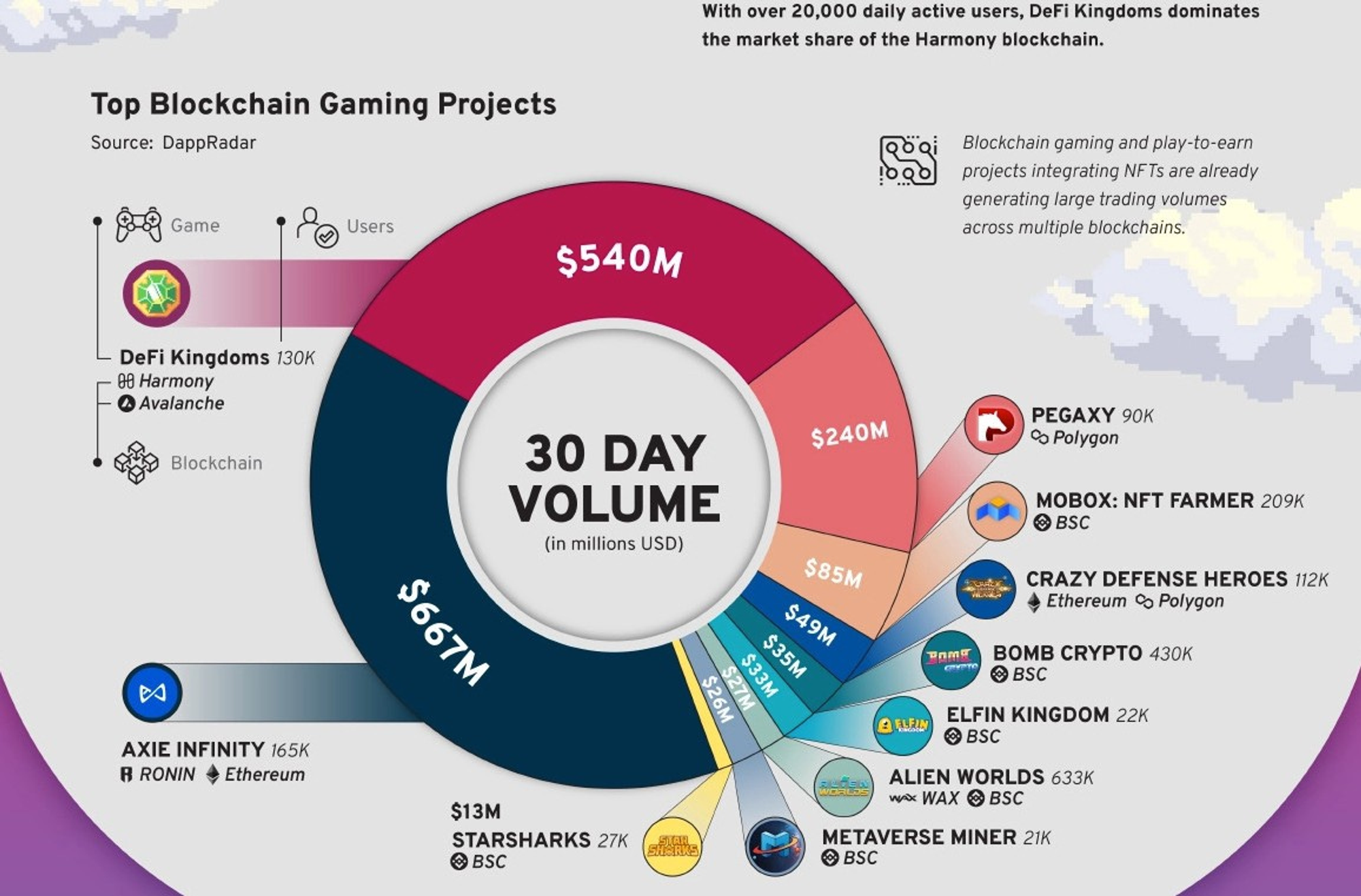
It is worth mentioning that we did not choose to use the term Gamefi in the above description, because the financial attributes surrounding Gamefi are too obvious, which deviates a lot from the significant flow experience and the game content itself that players value when experiencing a game. This is not what our ideal Web3 Game looks like, and we firmly believe that Web3 Game is a more friendly game world created by developers and gamers.
Now is the time for us to seriously discuss how Web3 Game can achieve sustainable development, especially in terms of sustainable project revenue. Of course, the discussions and analysis we have conducted here are not necessarily completely accurate, and only represent some judgments about the future that we have generated in the present moment. At this stage, we are also trying to find a way to further improve Web3 Game’s Narrative Constellation.
How Does Web3 Game Make Money?
First, let’s start with a simple breakdown of revenue and cost of the existing Web3 Game:
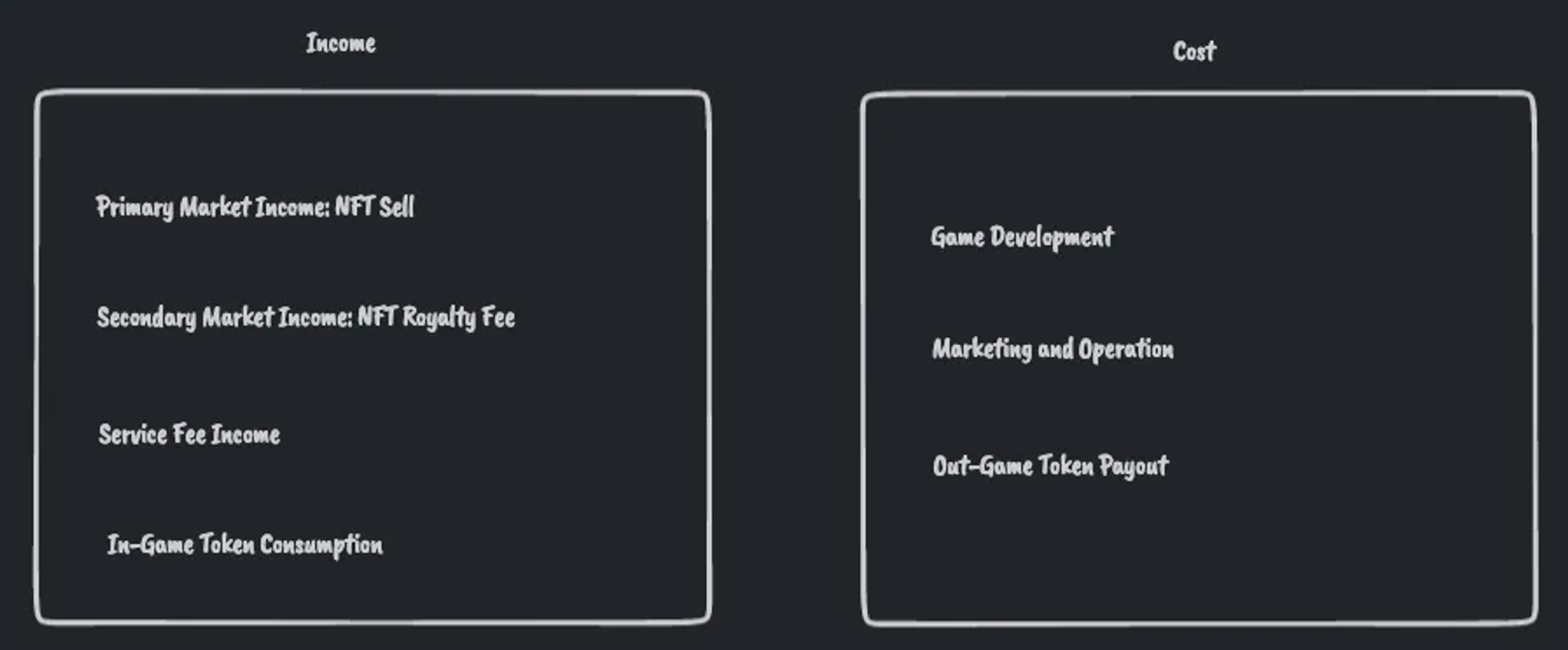
Income
Primary Market Income: NFT Sell
In order for crypto games to earn money, NFT sell is a major way to achieve income for most gamefi projects. The assets sold by the project party can be divided into two main types. The first is the core NFT assets of its game, such as characters , entry equipment , etc. These assets are mainly used as a pass to enter the game.
It is often the asset that the project party chooses to sell when it first faces the market or users. The second is the core loots in the game. The main function of such assets is to help game players obtain better game performance or improve the utility value of players during their game experience, such as character skins, or weapons and equipment with higher levels or rarity, etc .

In the way of selling assets as income, the pricing of these assets is often different. There are stablecoin-based pricing methods (USDT or USDC), and mainstream cryptocurrency-based pricing methods (ETH, SOL, BNB and so on) . Also, some projects will choose to use their own native Token as the main pricing currency.
Secondary Market Income: NFT Royalty Fee
In addition to the revenue from the primary sale of NFTs, the project party often adds royalty fees to the design of smart contracts to realize the commission income of NFT secondary market transactions.
Among this part of the income, the type of currency received by the project party mainly depends on the pricing of the NFT in the secondary market. At present, the pricing currency of the NFT secondary market in the mainstream Game NFT Marketplace can be seen as: ETH, BNB or SOL.
Service Fee Income
As the infrastructure provided by the project parties is enriched, there are more services evlove around the infrastructure itself. The main services that can be seen at present are:
- NFT Marketplace Service , this part of the income mainly comes from the platform fee collected by the project party in the NFT Marketplace built by itself
- Token Payment Service , such as In-Game Token Withdraw, Token Purchase, Token Swap, etc
- NFT Renting Service , take a cut of NFT leasing, etc
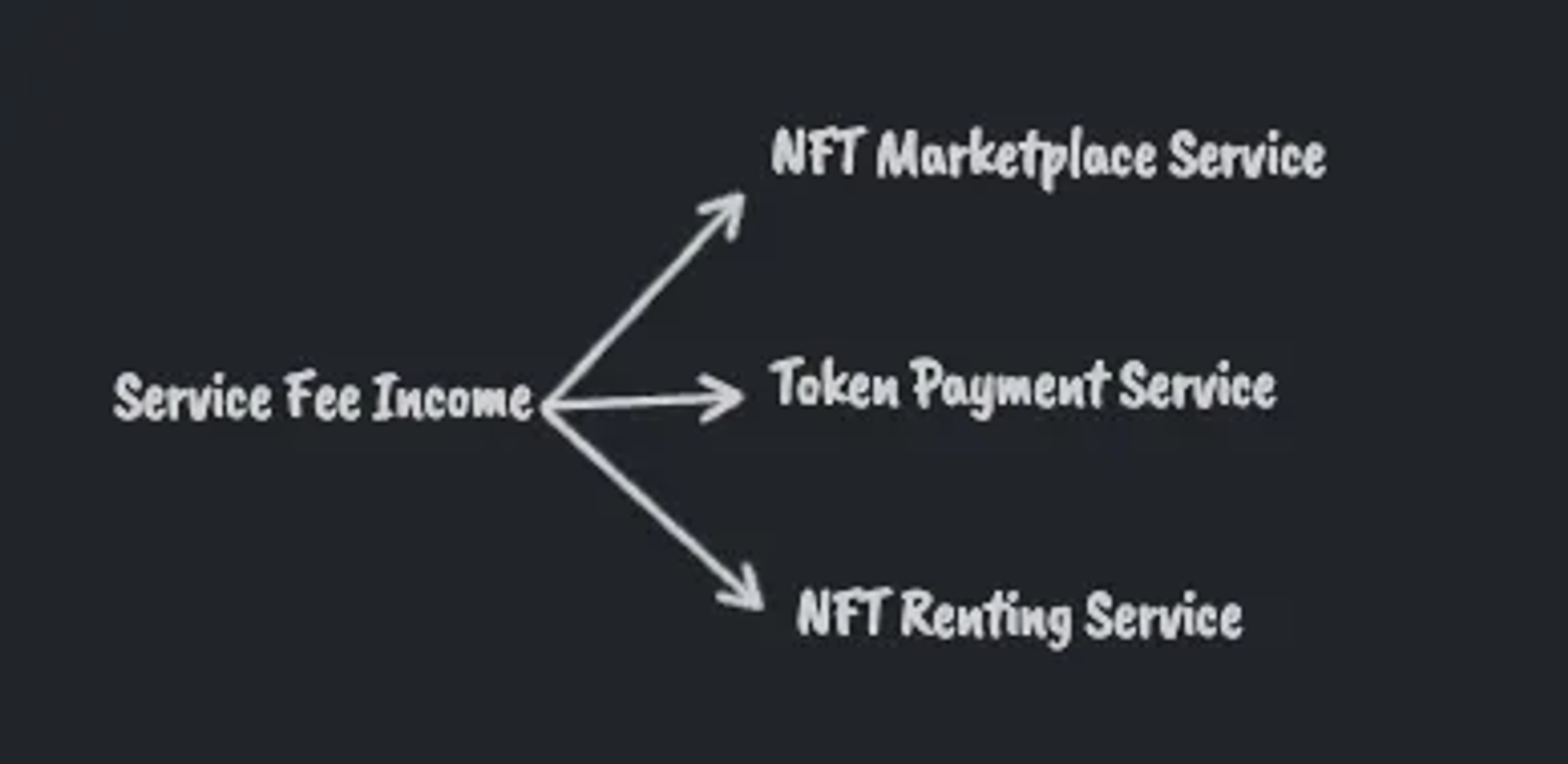
In-Game Token Consumption
Players can also directly consume the native Token of the project in the game, which is also a point that many Web3 Games emphasize and pay attention to when designing the Token Economy, that is, to increase the usage scenarios and quantity of token consumption by players in the game, but these aspects are often designed from the perspective of balancing the entire Token System, rather than the perspective of revenue. In addition, the consumption of this part of the Token mainly depends on the type, mechanism and game content of the game itself, and is often related to the playing process in the game. By consuming different amount of tokens, players can improve the level of characters and weapons, change the rarity of characters or equipment, or make purchases of NFT assets, etc.
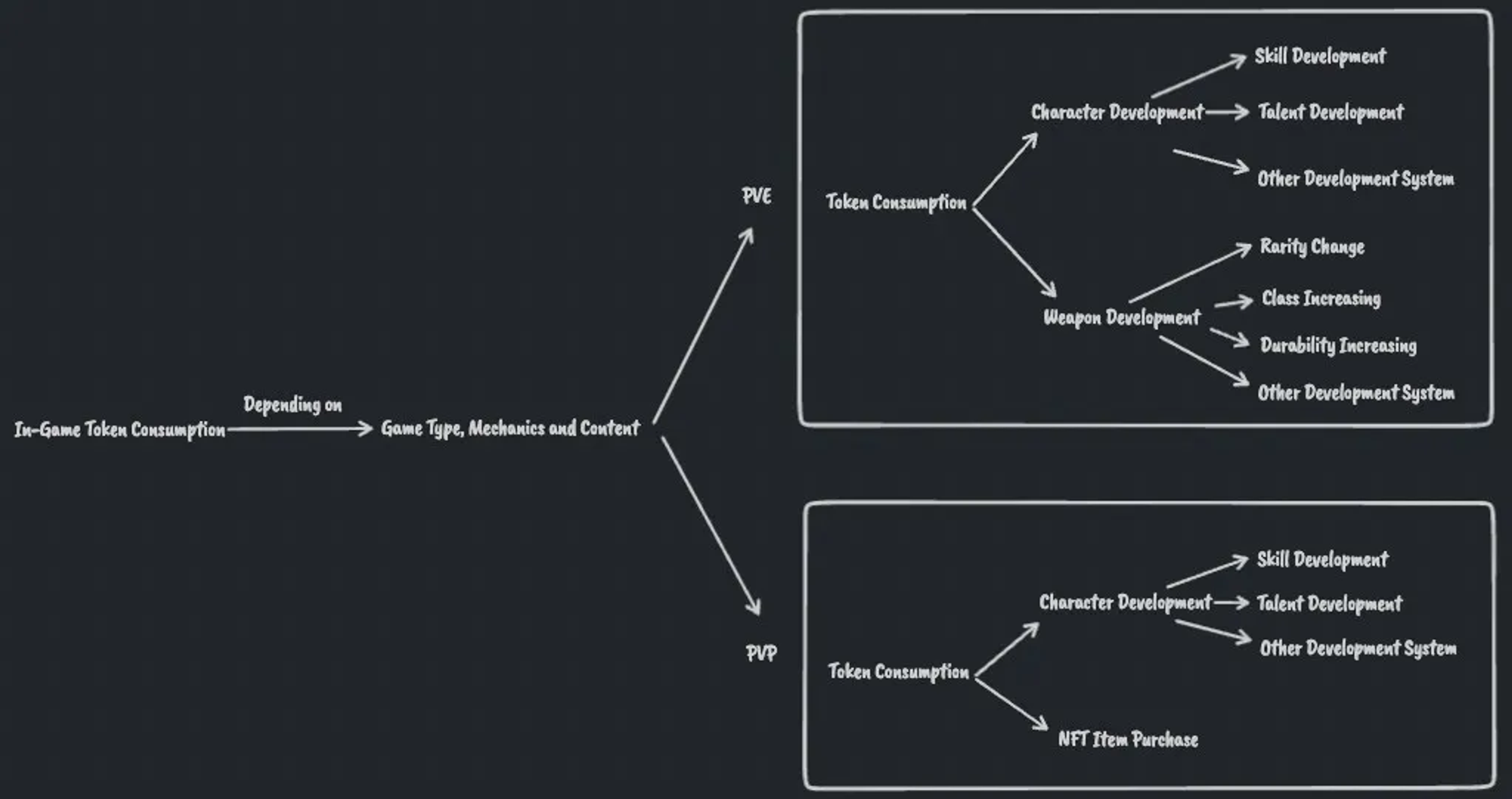
It should be noted that we also put NFT Breeding under this category, which is derived from our understanding of the behavior of NFT Breeding itself. In fact, NFT Breeding can be regarded as a way of additional issuance of assets, but this additional issuance is different from direct sales in the primary market. In addition to the fact that the right to sell is not in the hands of the project party, the core reason is that the project party mainly receive this type of income in the form of its own Token, so we tend to regard it as In-Game Token Consumption.
Under this classification, in fact, we are not sure whether we can classify this category into the income of the project party. This is because: on the one hand, the project party has the right to sell the tokens consumed by players in the open market, but on the other hand, it is difficult for the project party to directly sell a large number of its own Tokens and destroy its own economic system as established in its Tokenomics. But in general, this can still be regarded as an asset that the project party can “realize” at any time.
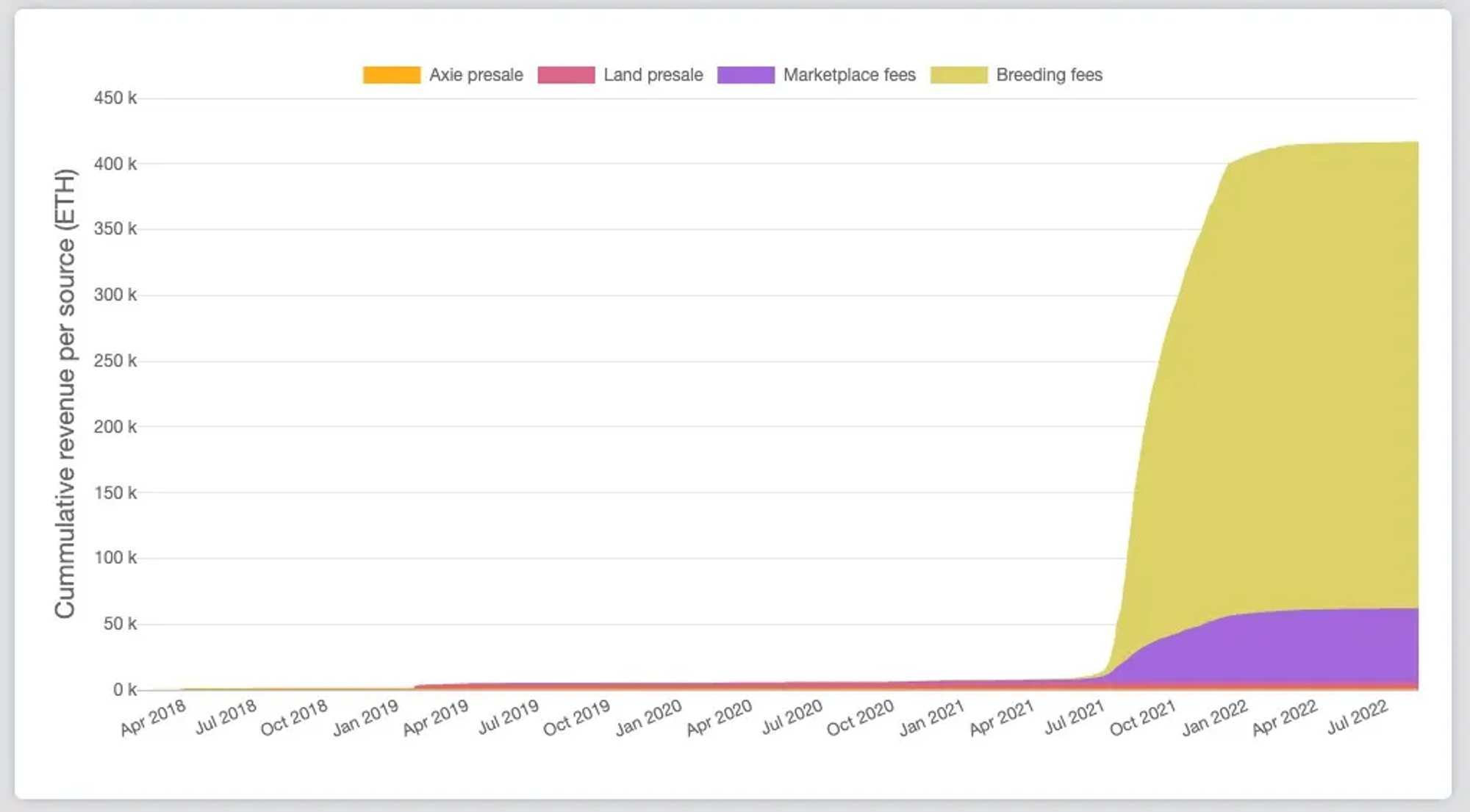
Cost
Blockchain Game Development Cost Breakdown
This is a necessary development cost that needs to be paid in the normal process of developing a game, including the payment of various software services, the labor cost of game development-related personnel (planning, programming and art), and additional service costs (art, action, special effects, etc.) and the cost of game testing, etc.
In addition, on this basis, Web3 Game also has many costs related to blockchain development. The cost here refers to the time cost and labor cost of blockchain knowledge learning, such as the need to list NFT or Token Smart Contract on a blockchain and develop a NFT Marketplace, etc.
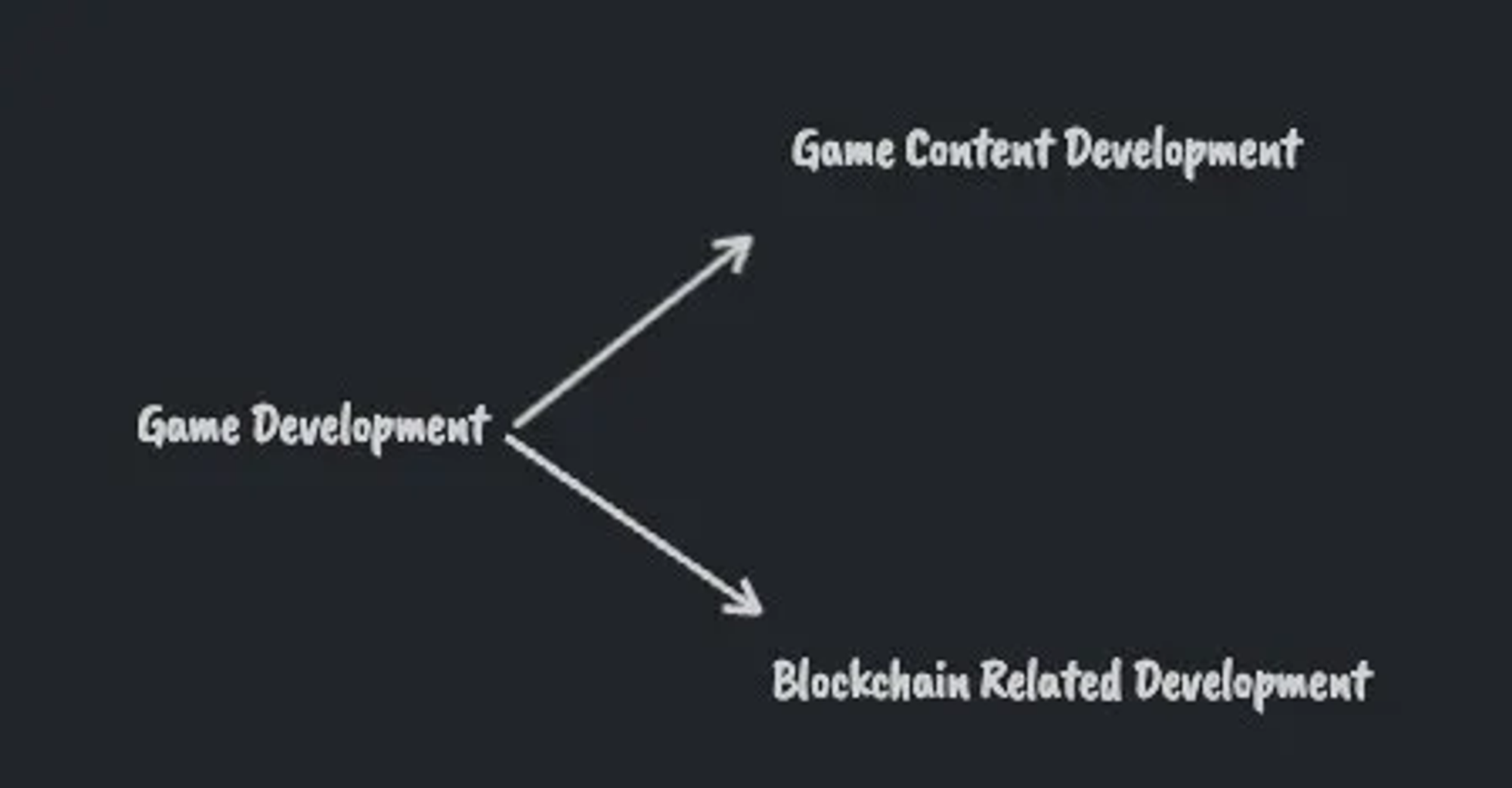
Marketing and Operation Cost
The core of this part of the marketing and operation spending is not only to increase the number and retention of users of the game product itself (on the premise that the game product is launched), but also to better sell NFTs or Tokens. Therefore, the cost of this aspect is mainly reflected in the advertising, KOL Cooperation, Marketing Campaign and Operation Activities carried out on the media channel of Web2 and Web3.
Out-of-Game Token Payout
Under the category of cost, Out-of-Game Token Payout is also the most special category of Web3 Games, that is, the Token obtained by game players during the game itself will also affect the ecology of the entire Tokenomics. Therefore, in addition to considering and calculating the number of Tokens issued to players, the project party also needs to invest part of its own funds to maintain the stability of the entire Token ecosystem.

Build your application with Mirror World Smart Platform
Read our full deck here. Mirror World Smart Platform now supports EVM-compatible chains!!!
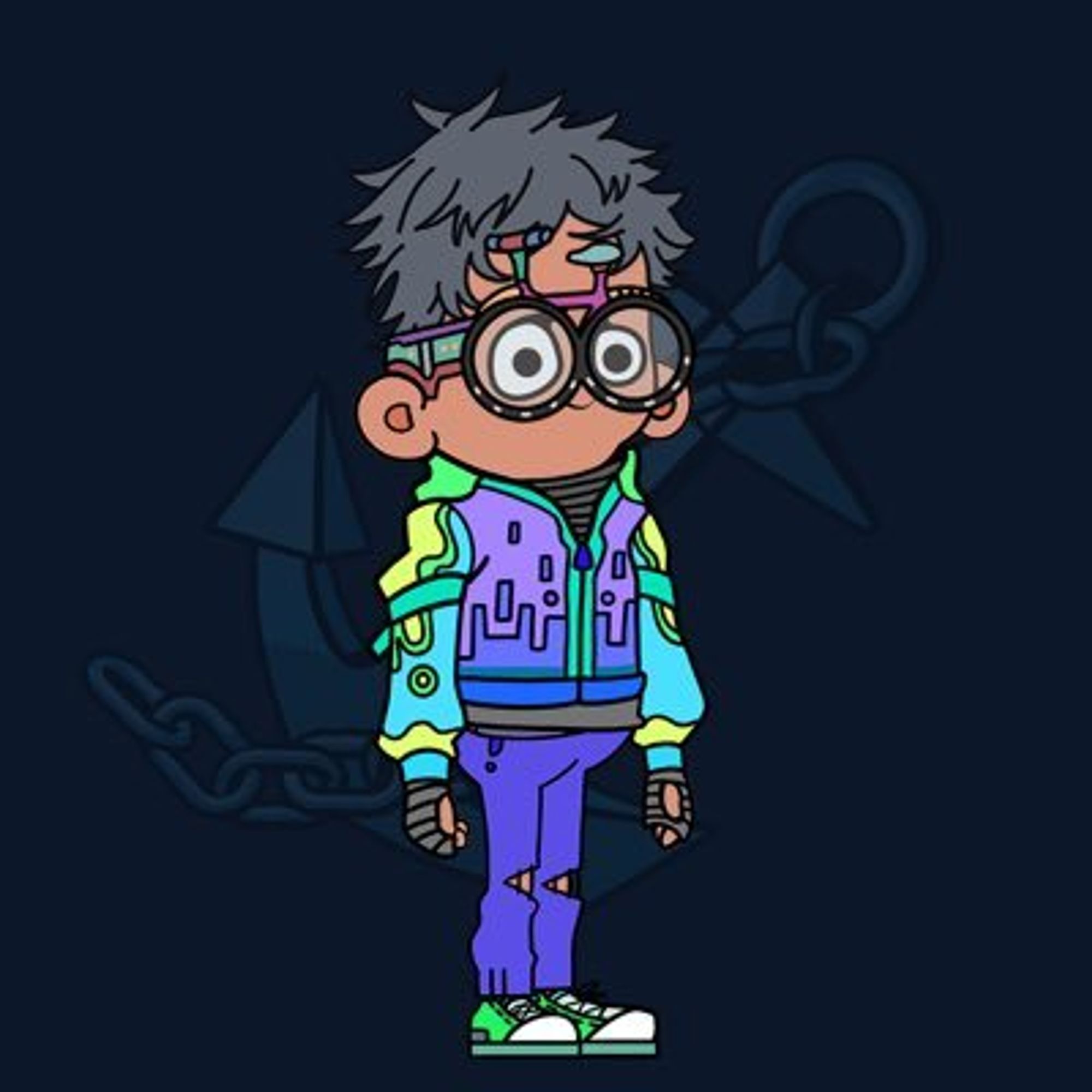
.png)